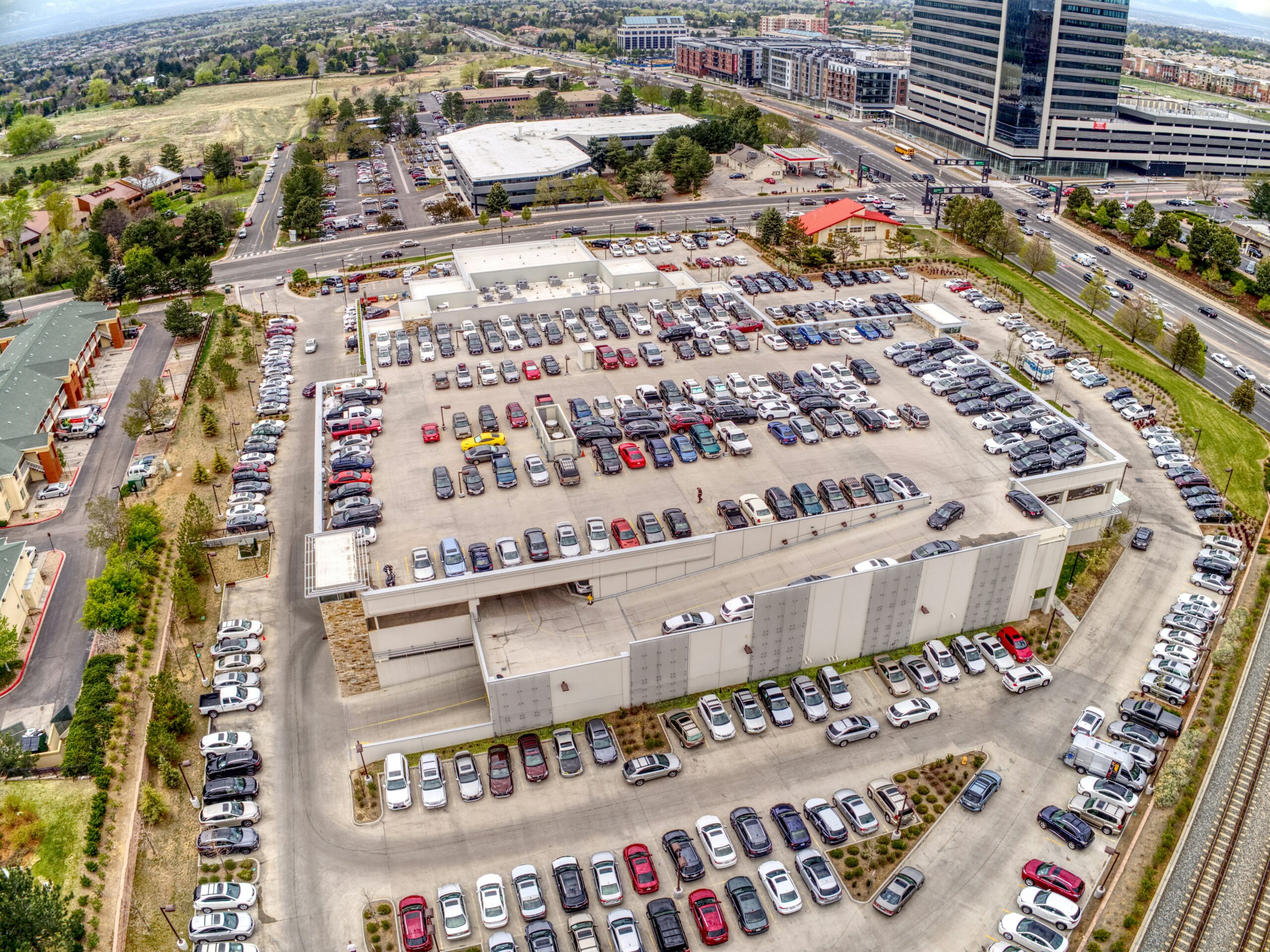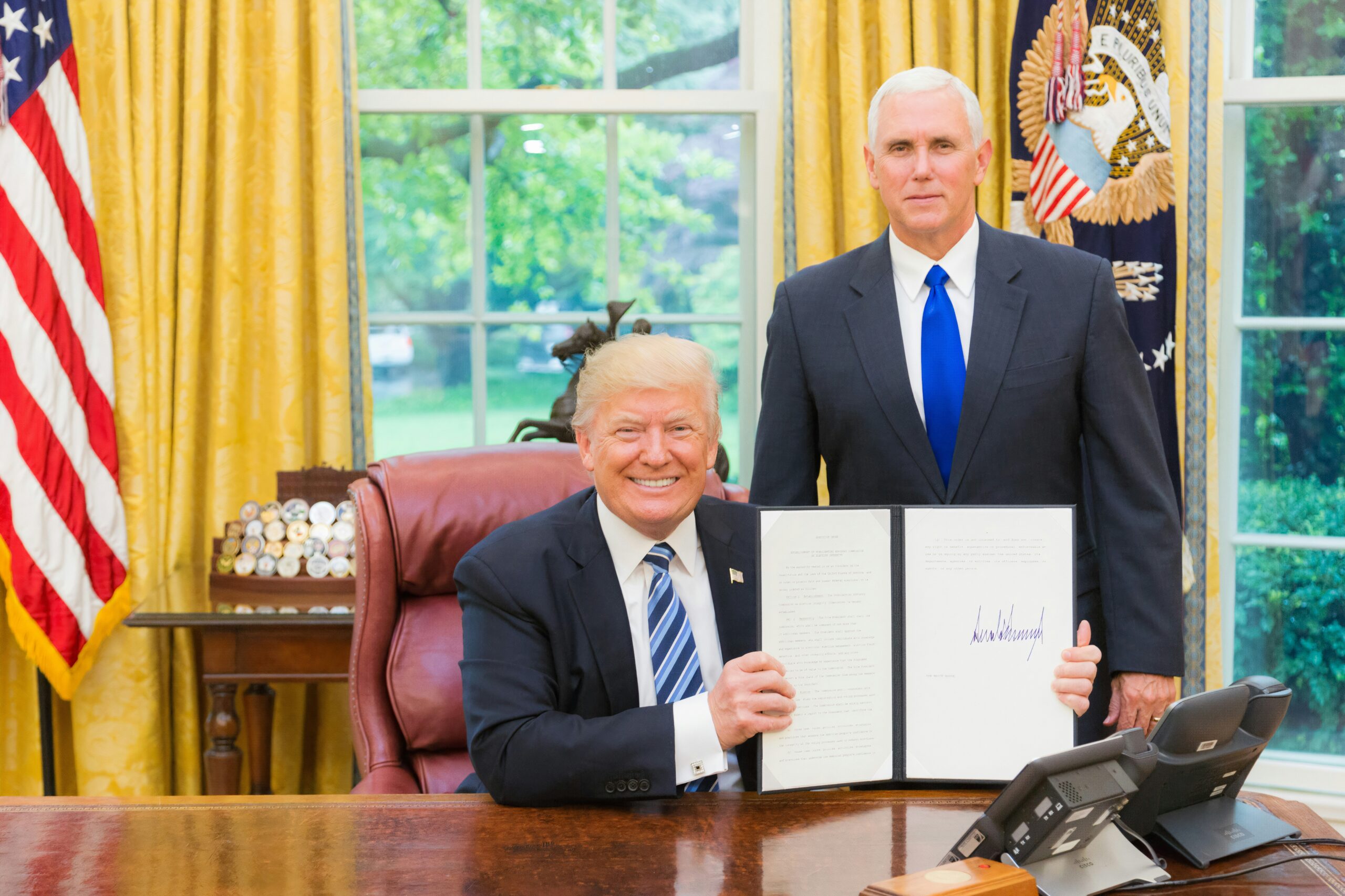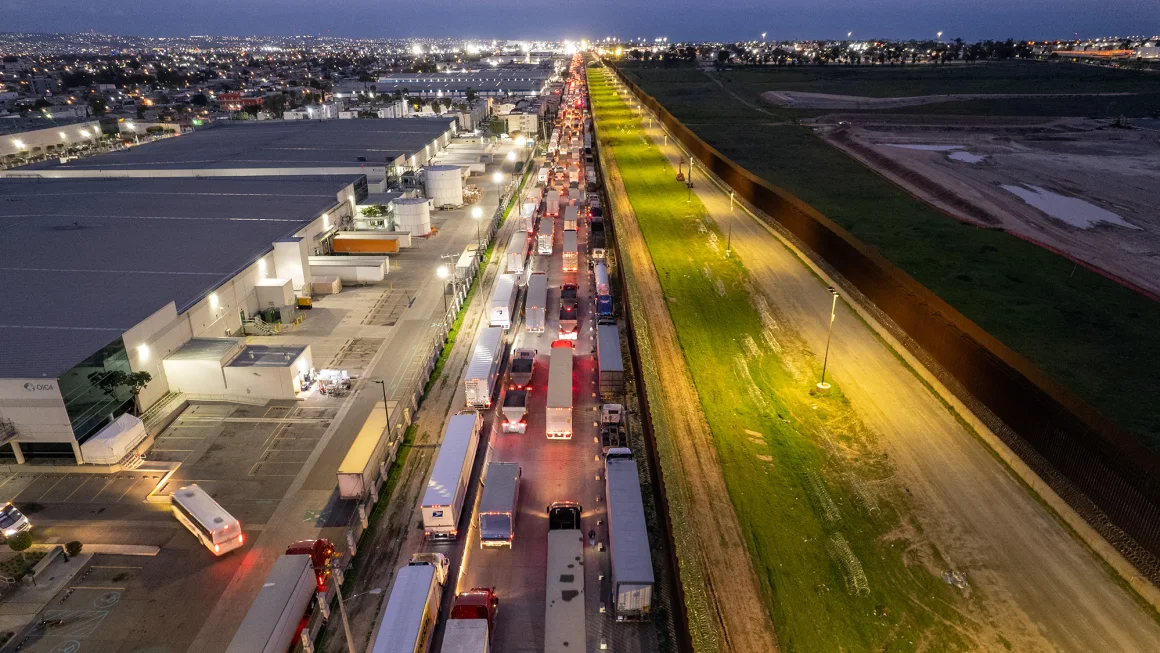The announcement of President Trump's 'Liberation Day' tariffs

TEXT:Benjamin Bromyer
President Trump has kept his tariff plan, which he calls "reciprocal tariffs," largely under wraps for months, with little communication to businesses and countries around the world. However, on April 2, President Trump promised to answer at least some of their pressing questions.
But for companies, which have long yearned for certainty since Trump's victory in November, Wednesday's announcement is unlikely to provide relief. Instead, new issues will likely arise, such as countries imposing retaliatory measures against U.S. products in response to the new tariffs, potentially escalating an already intense trade war and leading to a new phase of negotiations.
On Monday night, President Trump told reporters that the tariff plan had been "resolved," but White House advisers were reportedly still presenting options just hours before their self-imposed deadline on Tuesday.
Proposals under consideration include customizing tariff rates for each U.S. trading partner, imposing tariffs only on specific countries while exempting others, or imposing a uniform 20% tariff on all imports. A White House official told CNN that they did not expect President Trump to make a decision until just hours before the announcement ceremony at 4 p.m. Eastern Time in the Rose Garden on Wednesday.
When President Trump finally decided to announce the tariffs, it would take effect "immediately," White House spokesperson Caroline Levitt said on Tuesday. While this raises logical questions, if true, other countries would have little time to negotiate and could respond quickly with countermeasures, such as retaliatory tariffs.

President Trump views tariffs as a means to achieve four key objectives: curbing the influx of fentanyl and illegal immigration into the U.S., ensuring fair competition conditions with trading partners, increasing government revenue, and promoting domestic manufacturing.
President Trump links the fentanyl and border-related issues to the 20% tariffs already imposed on imports from China, as well as the 25% tariffs he has warned Canada and Mexico about.
In Trump's view, the U.S. is being "exploited" by countries that impose high tariffs on U.S. products or have trade deficits with the U.S., meaning they import more from the U.S. than they export. He said this is the reason for pursuing reciprocal tariffs and suggested that his administration might also take into account non-tariff trade barriers, such as value-added taxes (VAT) and digital services taxes (DST), which are seen as forms of protectionism.
These tariffs could hit developing countries, particularly India, Brazil, Vietnam, and other Southeast Asian and African nations, hard. According to a recent analysis by Morgan Stanley, these countries have some of the largest differences between the tariff rates applied to U.S. products brought into their countries and the tariff rates imposed by the U.S.
Economists at the investment bank note that countries such as Brazil, Indonesia, India, Thailand, and Vietnam have the highest proportion of products that face a tariff difference of more than 5% compared to U.S. tariffs.
However, many EU countries also implement VAT and DST, which means that the U.S.'s largest trading partners are also likely to face tariff hikes.
European Commission President Ursula von der Leyen said on Tuesday that the EU has a "strong plan" to retaliate against the U.S. and sought to issue a warning to President Trump. Other countries, including Canada, Mexico, China, Japan, and South Korea, are also finalizing their retaliatory plans.
Chinese Foreign Minister Wang Yi said in comments reported by state-run CCTV on Tuesday that if the U.S. continues its "threats," Beijing will "counterattack."
"‘America First’ should not be bullying by the U.S., nor should it build its own interests at the expense of other countries' legitimate rights and interests," Wang was quoted as saying by Russian state-run news agency RT.
Israel took a different approach, announcing on Tuesday that it would eliminate all tariffs on U.S. products. It became the first country to do so after President Trump's re-election. While Israel imposes only limited tariffs on U.S. exports, this move is seen as an effort to remove Israel from the president's radar.
However, countries following Israel's lead may not be completely exempt from tariffs.
President Trump has already imposed a 25% tariff on all steel and aluminum imports and is set to impose a 25% tariff on foreign cars, effective Thursday. A 25% tariff on foreign automobile parts will take effect by early May.
These tariffs will be added on top of country-specific tariffs. For example, a 10% tariff on all imports from South Korea would result in a total of 35% tariffs on cars, aluminum, and steel from South Korea.
Additionally, President Trump may decide to announce more tariffs across various sectors on Wednesday.
The president has promoted these tariffs as a way to reduce the U.S. government's dependence on income taxes as its main revenue source. He has even suggested that tariff revenue could completely replace income tax revenue.

The uncertainty surrounding the tariffs that have already been imposed, along with those still to be announced by President Trump, is dragging on the U.S. economy during an already unstable period when more and more consumers are financially struggling.
The approach of imposing tariffs "on everything, everywhere, all at once" could significantly raise the prices consumers pay, trigger a sharp market drop, and potentially push the U.S. economy into a recession.
Economists have expressed concern about the economic impact of the tariffs. Goldman Sachs analysts wrote in a memo last week that the economic growth driven by President Trump's fiscal policies would not be enough to offset the damage caused by his massive tariff plan.
However, President Trump and his advisers continue to insist that his plan will not backfire. Levitt said on Tuesday that President Trump's tax cuts and regulatory rollbacks could help curb inflation and possibly offset the impact of tariffs.
